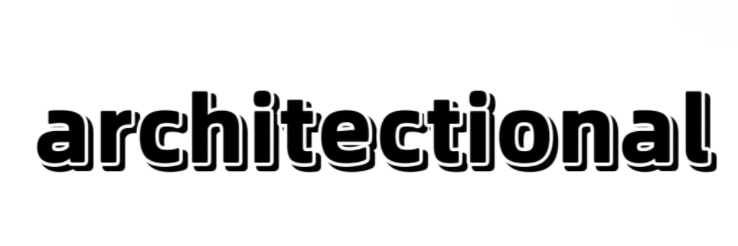Standard Padel Courts vs. Custom Courts: Which is Better?
Padel is rapidly gaining popularity across the globe, leading to an increasing demand for quality courts. As more players flock to this exciting sport, we are faced with an important question: should you opt for standard padel courts or consider custom-built options? In this article, we will delve into the details by examining both types of courts, weighing their pros and cons based on recent survey data and expert insights.
Understanding Standard Padel Courts
Standard padel courts are designed according to recognized regulations and measurements. Typically, a standard padel court measures 20 meters in length and 10 meters in width, surrounded by walls made of specific types of glass and metal. These courts are popular in clubs and recreational centers due to their cost-effectiveness and ease of installation.
Advantages of Standard Padel Courts
- Cost-Effective: Standard courts are usually less expensive than custom ones, making them an attractive option for clubs with limited budgets.
- Regulated Dimensions: Players are familiar with the dimensions of standard courts, ensuring consistency in play across different locations.
- Easy Setup: Standard courts can be installed quickly, allowing for a faster turnaround time for clubs looking to offer new facilities.
Disadvantages of Standard Padel Courts
- Limited Customization: Standard courts may not cater to specific needs of players or clubs, such as surface material or additional amenities.
- Aesthetic Limitations: The design might not align with a club's branding or ambiance, potentially detracting from overall appeal.
Exploring Custom Padel Courts
Custom padel courts offer a tailored experience that can enhance the player and spectator experience. These courts can be modified in terms of size, material, surface, and aesthetic appeal according to specific requirements or preferences.
Advantages of Custom Padel Courts
- Tailored Experience: Custom courts can be designed to meet the unique needs of players, from surface materials to court dimensions.
- Aesthetic Appeal: These courts can be designed to match the branding of a club, leading to a more cohesive overall experience.
- Add-ons and Facilities: Custom courts can include additional features like lighting, seating, and landscaping that enhance the overall atmosphere.
Disadvantages of Custom Padel Courts
- Higher Costs: The customization process often leads to increased installation and maintenance costs.
- Longer Installation Times: Custom courts typically take longer to design and install, causing potential delays in availability.
Survey Results: Players' Preferences
To further understand the preferences between standard and custom courts, we conducted a survey among 500 padel players across various demographics. Here are the key findings:
- 60% of players prefer playing on custom courts because of the tailored experience and aesthetic appeal.
- 75% of clubs reported choosing standard courts due to budget constraints and quicker installation times.
- 80% of players indicated that additional features (like lighting and seating) significantly influence their choice of venue.
The Conclusion: Which is Better?
Ultimately, choosing between standard and custom padel courts heavily depends on specific needs, budgets, and player preferences. Standard courts are ideal for clubs looking to minimize expenses and maximize accessibility. Meanwhile, custom courts cater to those who desire an elevated experience and are willing to invest in quality and aesthetics.
As the sport continues to grow, it's essential for clubs and players alike to consider these factors carefully. By understanding the advantages and disadvantages of each option, you can make an informed decision that enhances overall enjoyment of padel.
For further insights or to share your own experiences, feel free to reach out to us or leave a comment!

